The true meaning of Dumbledore, Chiggypig, Hornywink and Lang lugs, and the other old English animal names all but lost to us
The colourful and beautiful archaic names given to the animals and birds of Britain are in danger of being lost — but they won't be if Patrick Galbraith has anything to do with it. He tells the tale of peewits, pianets and King Harry's red caps, and picks out his favourite bizarre sobriquets, while Paula Lester provides an extraordinary list of the creatures who sometimes have dozens of different names.
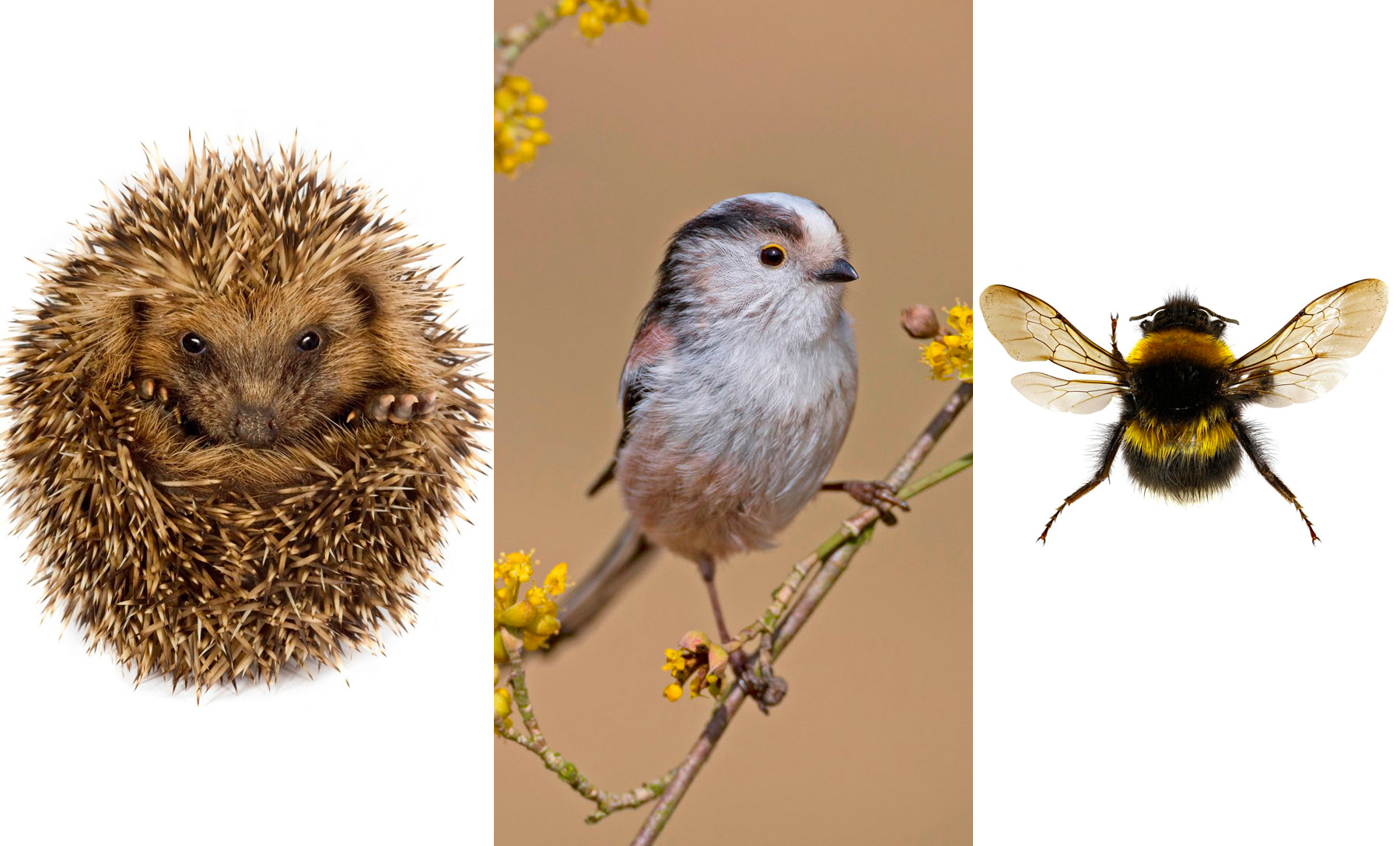

On a rainy night in early March of 1928, after hours of debate about soldiers’ pensions, the Protection of Lapwings Bill was read out in the House of Commons. The legislation had been proposed in the hope of bringing an end to people setting out in spring to pick the iridescent waders’ eggs.
It wasn’t felt that a gamekeeper taking one or two from a clutch for their master’s supper was much of a problem, but the going rate at London markets was three shillings a dozen, which provided a tremendous incentive for the eggs to be harvested commercially. In the late 19th century, at an estate near Potter Heigham on the Norfolk Broads, it’s recorded that one lone picker managed a bag of 2,000, an astonishing haul that would have sold for the equivalent of a farm labourer’s annual income.
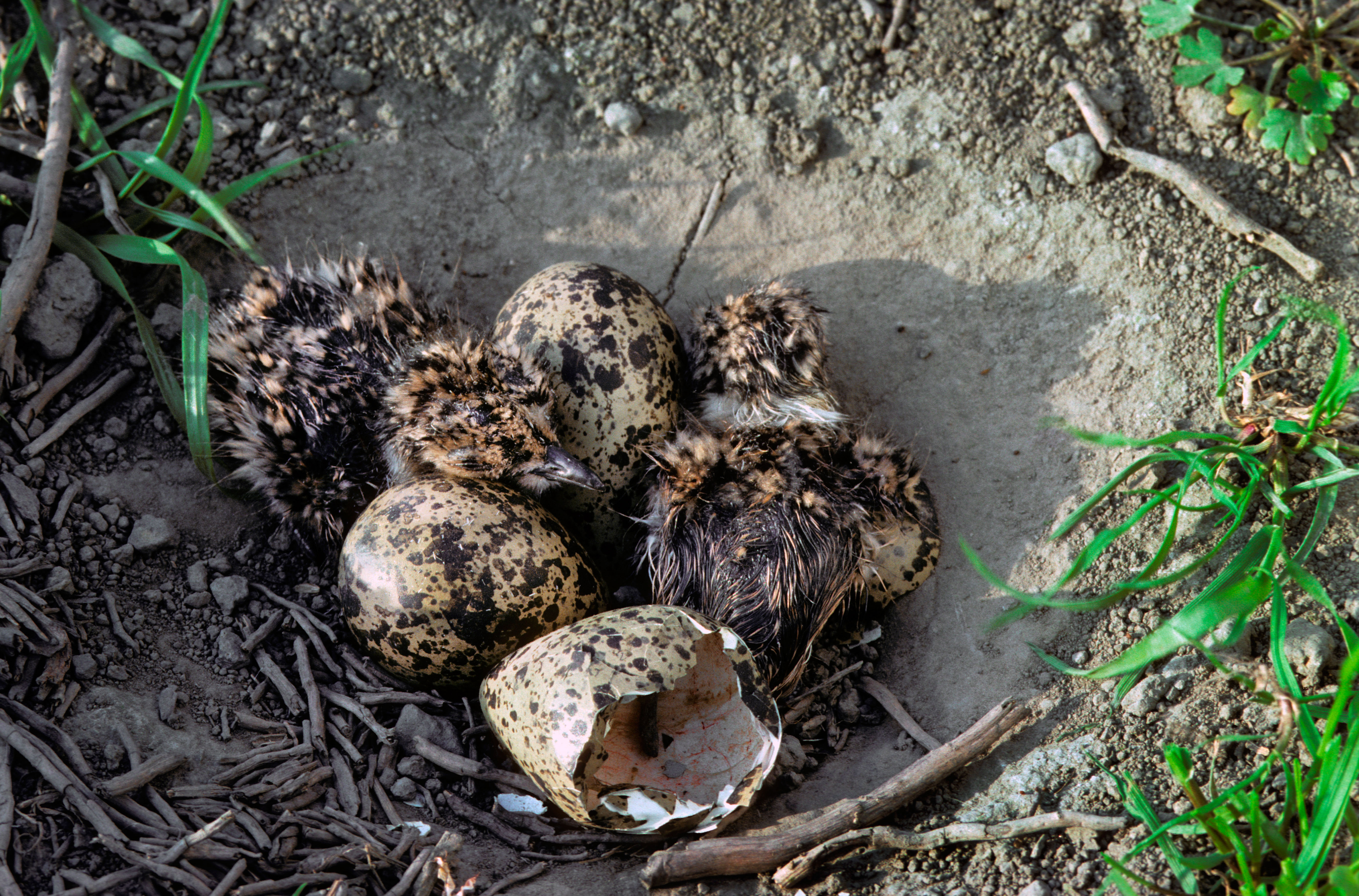
Those of you who know your Evelyn Waugh will be aware that, in a now-illegal culinary context, lapwing eggs have another name. After Sebastian Flyte vomits through Charles Ryder’s window in Brideshead Revisited, Flyte invites him to a lunch where the guests are dining on ‘plovers’ eggs’. It all ends with the flamboyant aesthete Anthony Blanche shouting verses from T. S. Eliot’s Modernist epic The Waste Land across the quad.
Oxford, I’m told, is different these days.
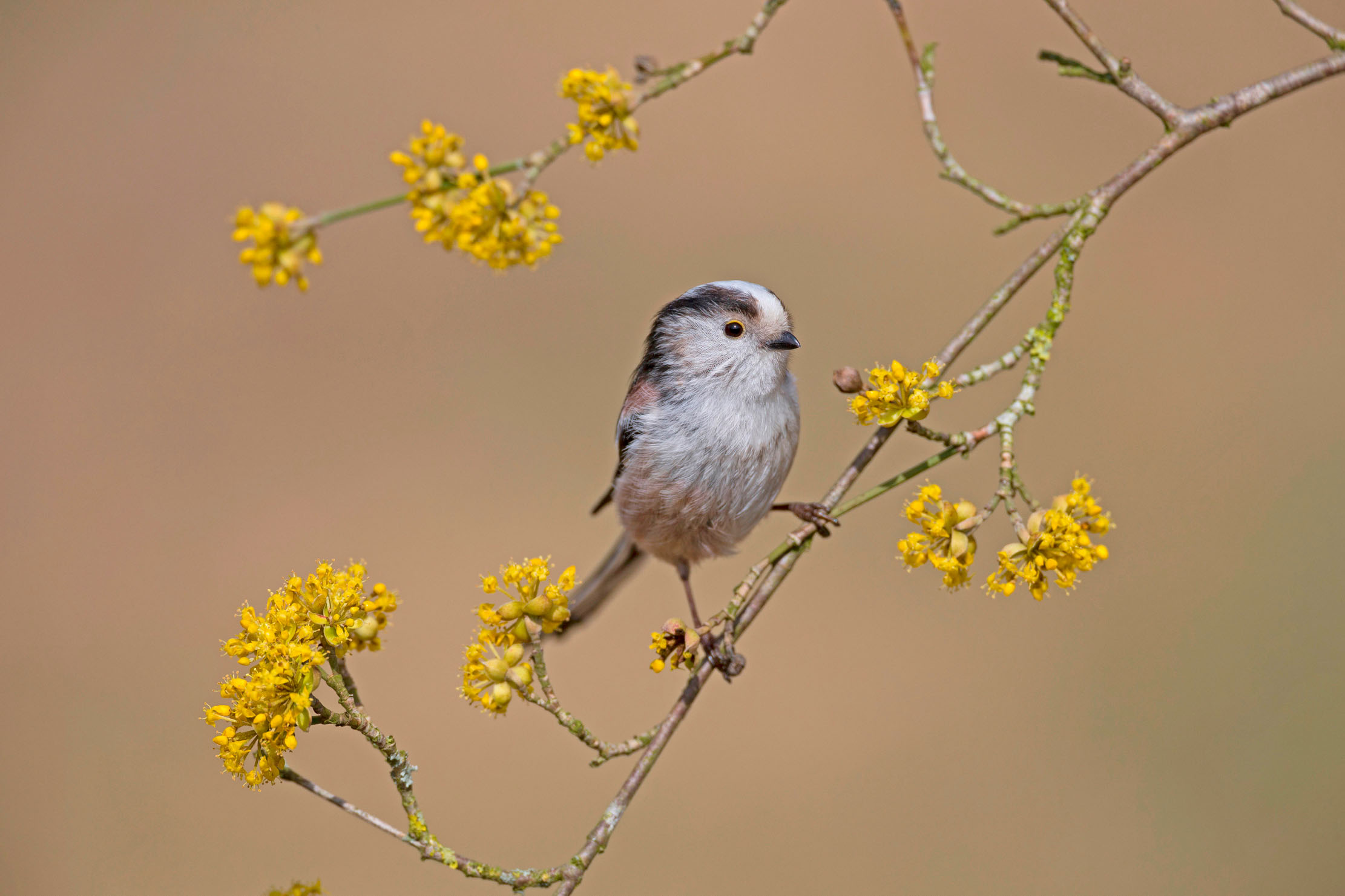
Plover is an old name for the lapwing and I like to think that Blanche would have known it derives from pluvia, the Latin for rain, because the birds are seen flocking in autumn as the weather starts to turn. On that drizzly night in Parliament, radical Liberal Lt Cmdr Kenworthy noted they have another name, too, which he asked to be included in the bill. ‘Country lads’ in his Hull constituency, he told members, might not realise they were breaking any law regarding lapwing nests because, due to the birds’ piercing cry, they knew them simply as ‘peewits’. It’s notable, when reading the minutes, that other parliamentarians seemed more concerned about the implications for their club menus than Kenworthy’s constituents.
Katrina Porteous, a poet in Northumberland, explains that lapwings are still known locally as ‘peasweeps’. Both these variations are born out of attempts by those who lived in close proximity to these once-common birds to articulate their cries.
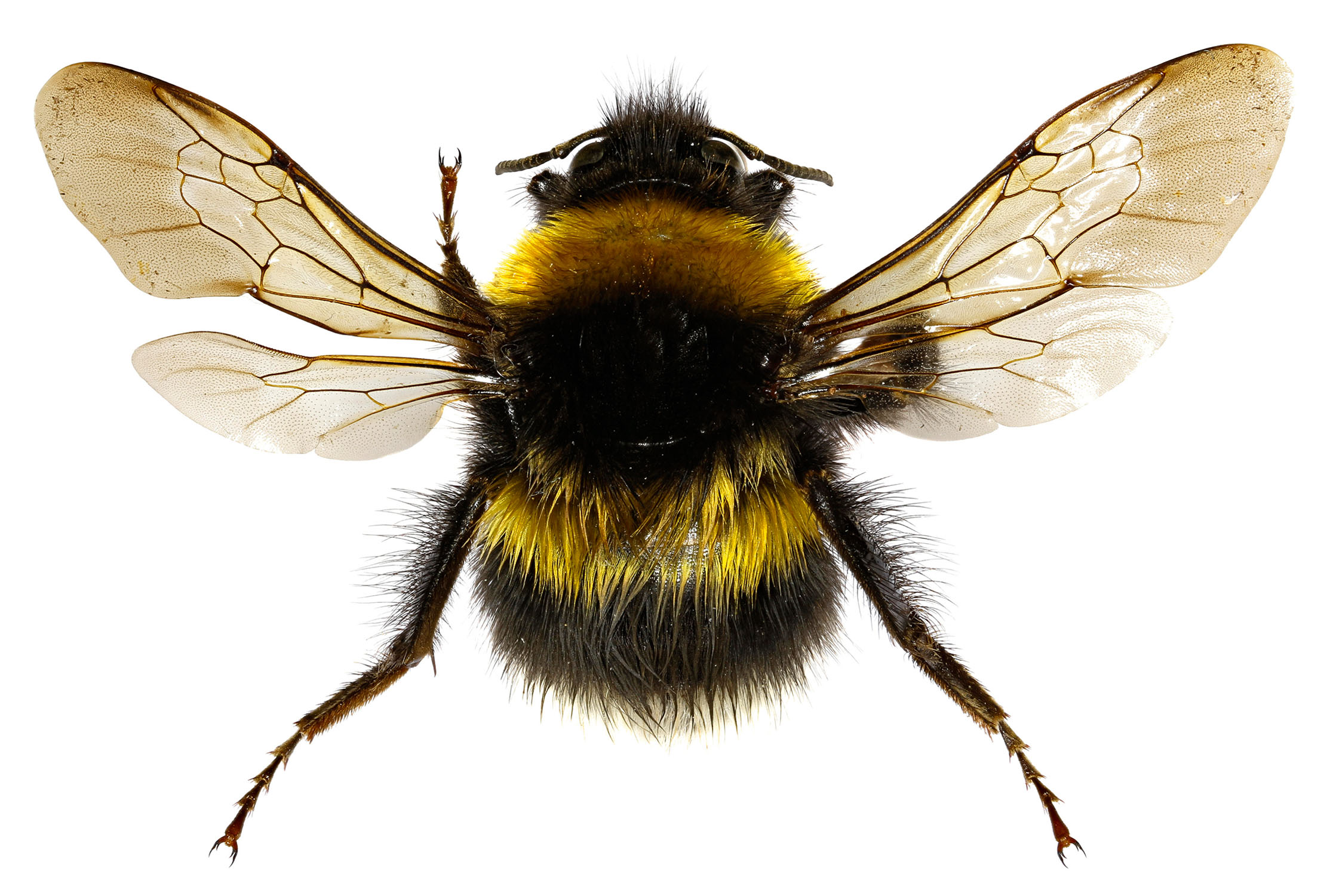
I’ve never thought that ‘curlew’, a name with a similar genesis, is as accurate an articulation as ‘peewit’ — but I wonder how many people know the word is meant to represent the call of that critically endangered wading bird? In the past, they must have been such obvious names, due to the omnipresence of those voices in rural soundscapes; in many places, they are now gone and the names feel strangely disconnected.
Exquisite houses, the beauty of Nature, and how to get the most from your life, straight to your inbox.
As well as sound, nomenclature is often based on our attempts to understand creatures’ behaviour. If you wandered into the British Trust for Ornithology offices in Norfolk and suggested that goldcrests migrate to Britain riding on the wings of woodcock, I imagine one of the burlier ornithologists would show you the door — but, once upon a time, goldcrests were known as woodcock pilots. That made perfect sense: at only 6g in weight, it was thought inconceivable that the diminutive birds came all the way from Scandinavia on their own little wings and, after all, the much larger woodcock were coming the same way.
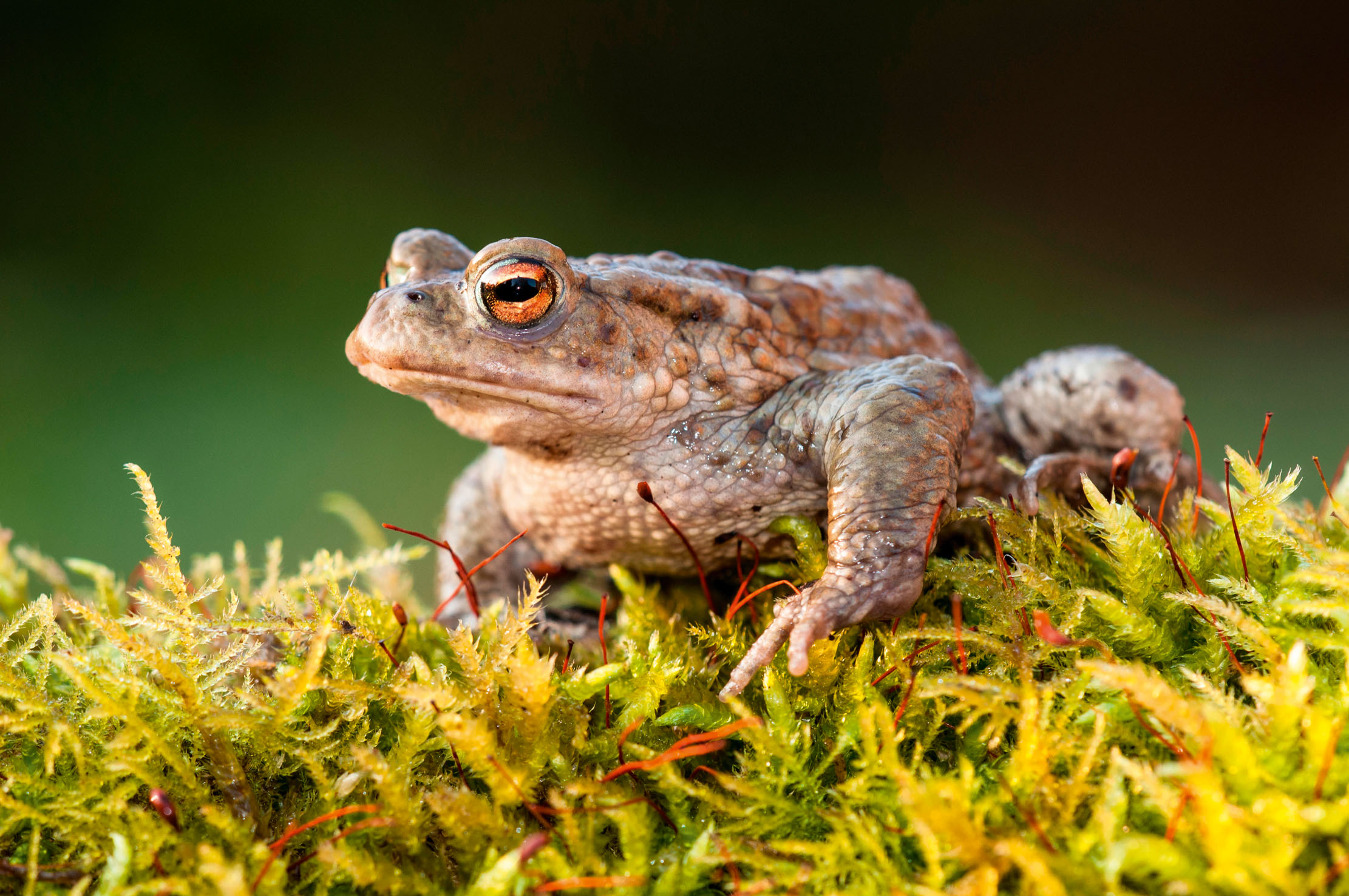
Galloway-based Nature writer Patrick Laurie notes that, although wolves have been gone from Scotland for more than 300 years — the last one being killed in 1680 — they live on in our place names. Wolf Slock is the most famous local example, but the word crops up in areas all over Scotland that were once haunted by the shepherd’s old foe.Similarly, ‘brock’, the old English name for badger — from the French verb becher, to dig — has lent its name to many places, including Brockholes in Lancashire and the Northamptonshire village Brockhall, which means ‘hill of the badger’.
Birds loom large in the life and work of poet Tom Pickard, who explains that, when he was young in Newcastle, ‘spuggies’ — or sparrows — were a source of creative spontaneity. Later, birds began to become markers of place for him. He lived in Cumbria for more than a decade and noted that curlew came back to the same patch each summer and harriers would return to hunt the same hillsides. As a species, we name birds in an attempt to understand them; their presence then begins to define our understanding of the places where they’re found.
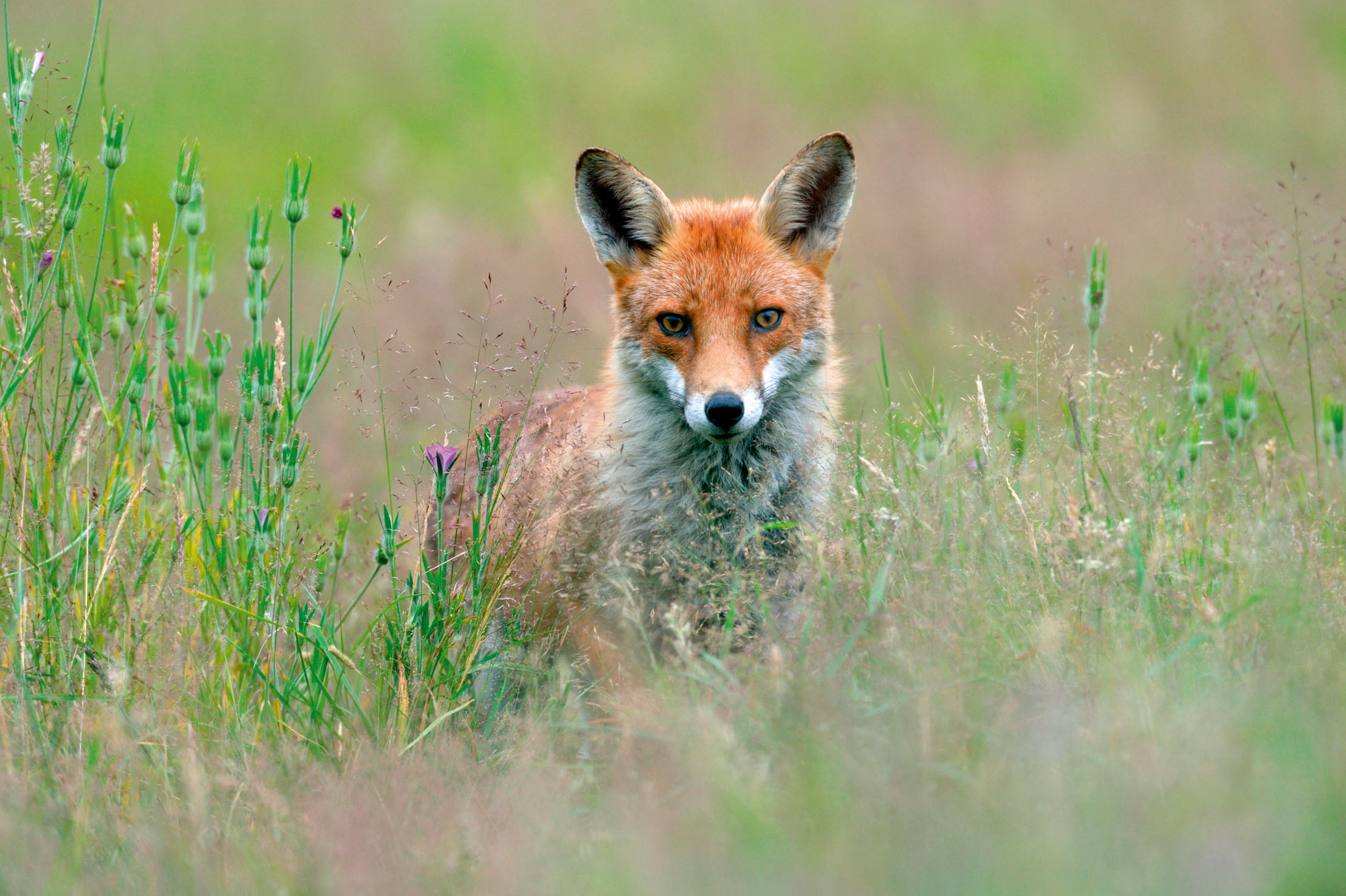
Next time you walk into a wood, see if you can hear a ‘devil scritch’ calling in alarm. In decades past, gamekeepers always left a few pairs of jays on an estate, due to their habit of emitting a shrill cry whenever an intruder was abroad. The schreachag choille as they’re known in gaelic, or ‘screamer of the woods’ in translation, proved very useful in catching country lads with pockets full of peewits’ eggs.
Patrick Galbraith’s favourite old bird and animal names
Cuddy duck St Cuthbert is said to have tamed eider ducks, hence the name cuddy duck in the North-East
Hoverhawk Kestrels were known as hoverhawks because of the way they ride on the wind
Chiggypig There are more than 40 varieties of woodlouse in the UK and even more names for them. Many, such as chiggypig, chiggywig and chuckypig, allude to them looking like busy piglets
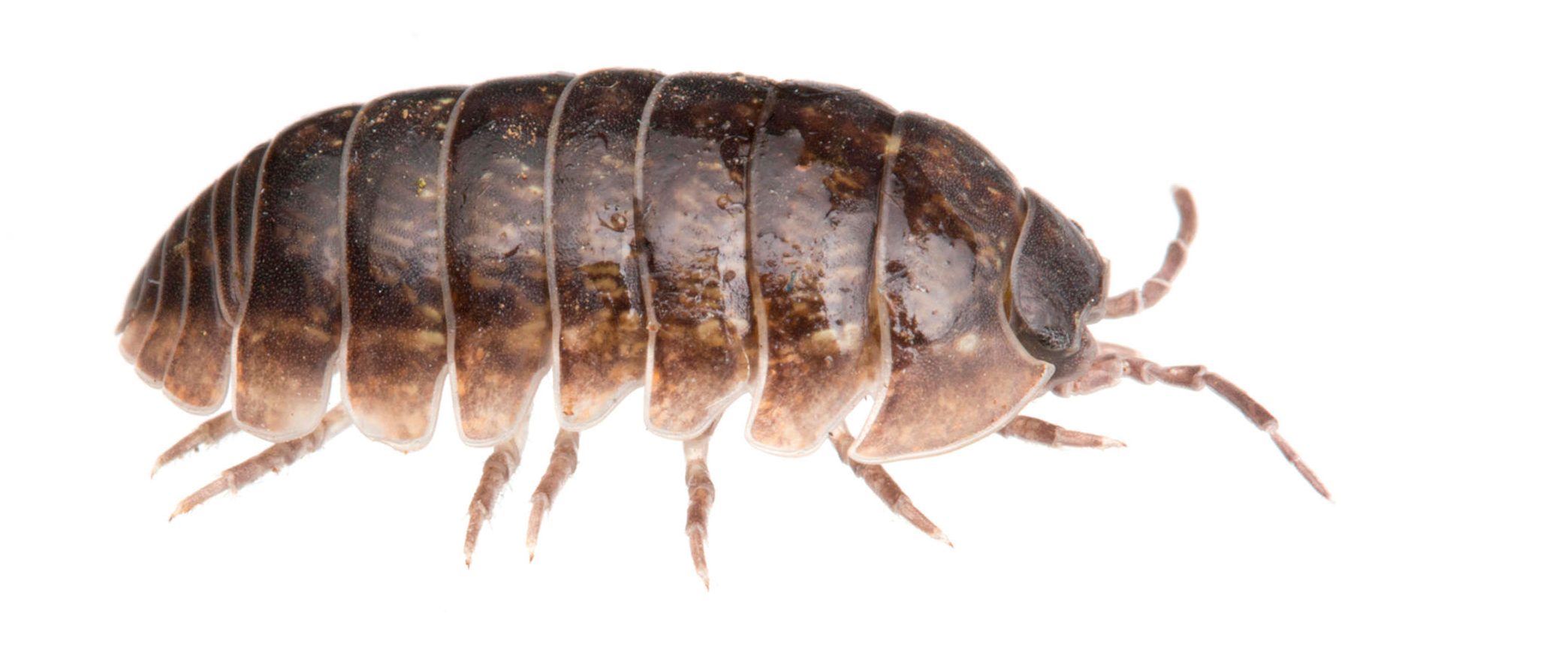
Erne Sea eagles are sometimes known by their middle-English name. Places such as Ern Stack, their last nesting site on Shetland, reflect this
Charlie Charles James Fox was an arch political rival of William Pitt the Younger and, in sporting circles, foxes are called Charlie
Langlugs In Scotland, mountain hares are known as lang lugs on account of their long ears
Bog owl Reflecting the ground over which they often hunt, short-eared owls are referred to as bog owls
Pianet The etymology is uncertain, but pianet, an obsolete word for magpie, is thought to derive from the items the birds bring back to their nests being varied in the manner of a pie filling
King Harry’s red cap In the Tudor period, goldfinches were called King Harry’s red caps due to their fancy plumage
Woodsnipe In old game books, woodcock were often called woodsnipe to distinguish them from common snipe
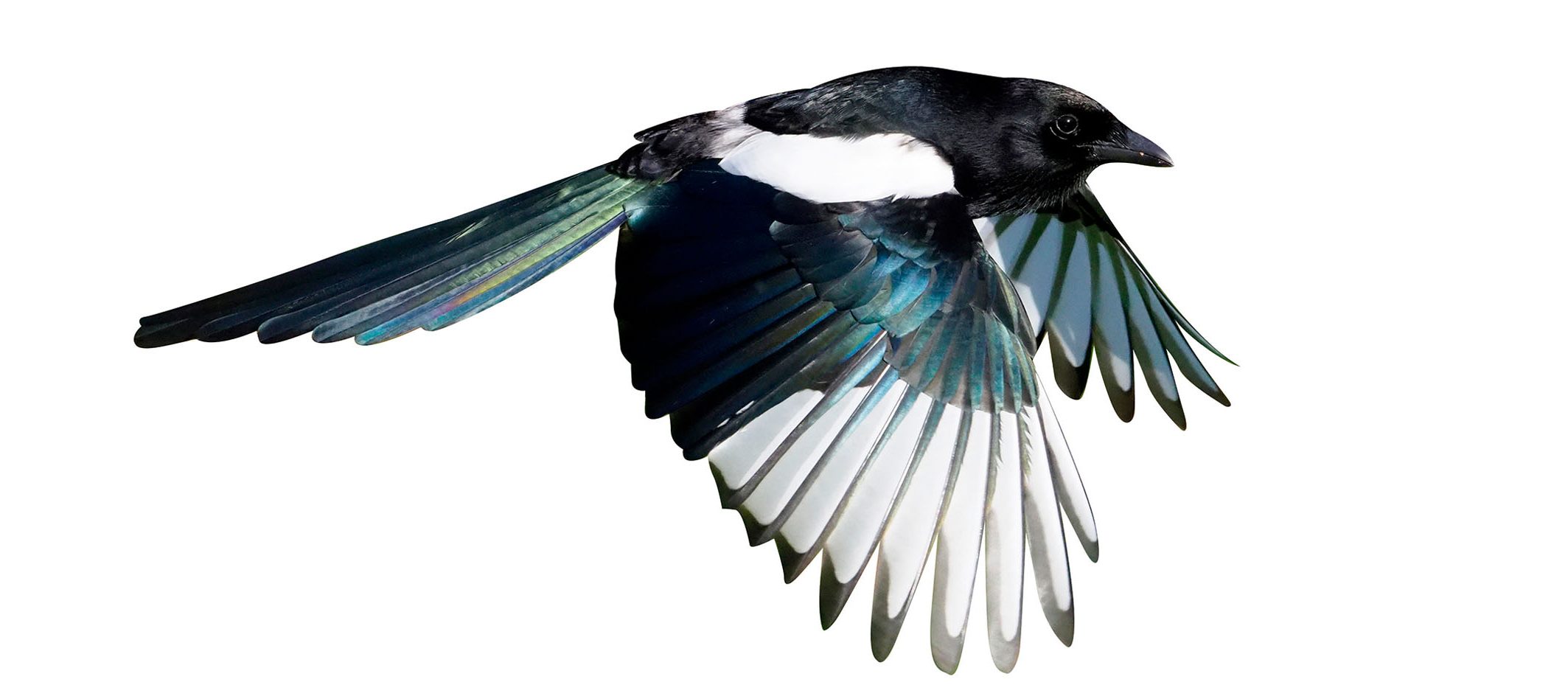
The native species of Britain with dozens of different names
Bumblebee Dumbledore, foggy bummer and bumbóg
Long-tailed tit Long-tailed pie, mumruffin, bottle tit, bum barrel, bum towel, oven bird, bag and hedge jug
Common toad Bulcranag/granasag, bulgranack, cranag, farmer, gangrel/gangril, glouton, hornywink, jack, joey, josey, nalter-jack, natter, natter-jack, paddock, puddock, puddock-rude, puddoke, puddow-rudd, slug, tade, taed, taid, tode, tod, todelinge, toad, wilk and winky
Oystercatcher Chalder, chaldrick, dickie bird, gillebride, krocket, mere pie, mussel cracker, mussel picker, olive, oyster picker, oyster plover, pienet, pynot, scolder, sea nanpie, sea pie, sea piet, sea pilot, sea pyot, shalder, shelder, shedro, skeldrake, tirma and trillichan
Hedgehog Hotchi-witchi, fuzz pig, furze pig, prickly pig, hedgy boar, urchin, sharp nails, hag hog, nysebill, hodgen, porcupig, pricky back ochun, perpentine and pochin
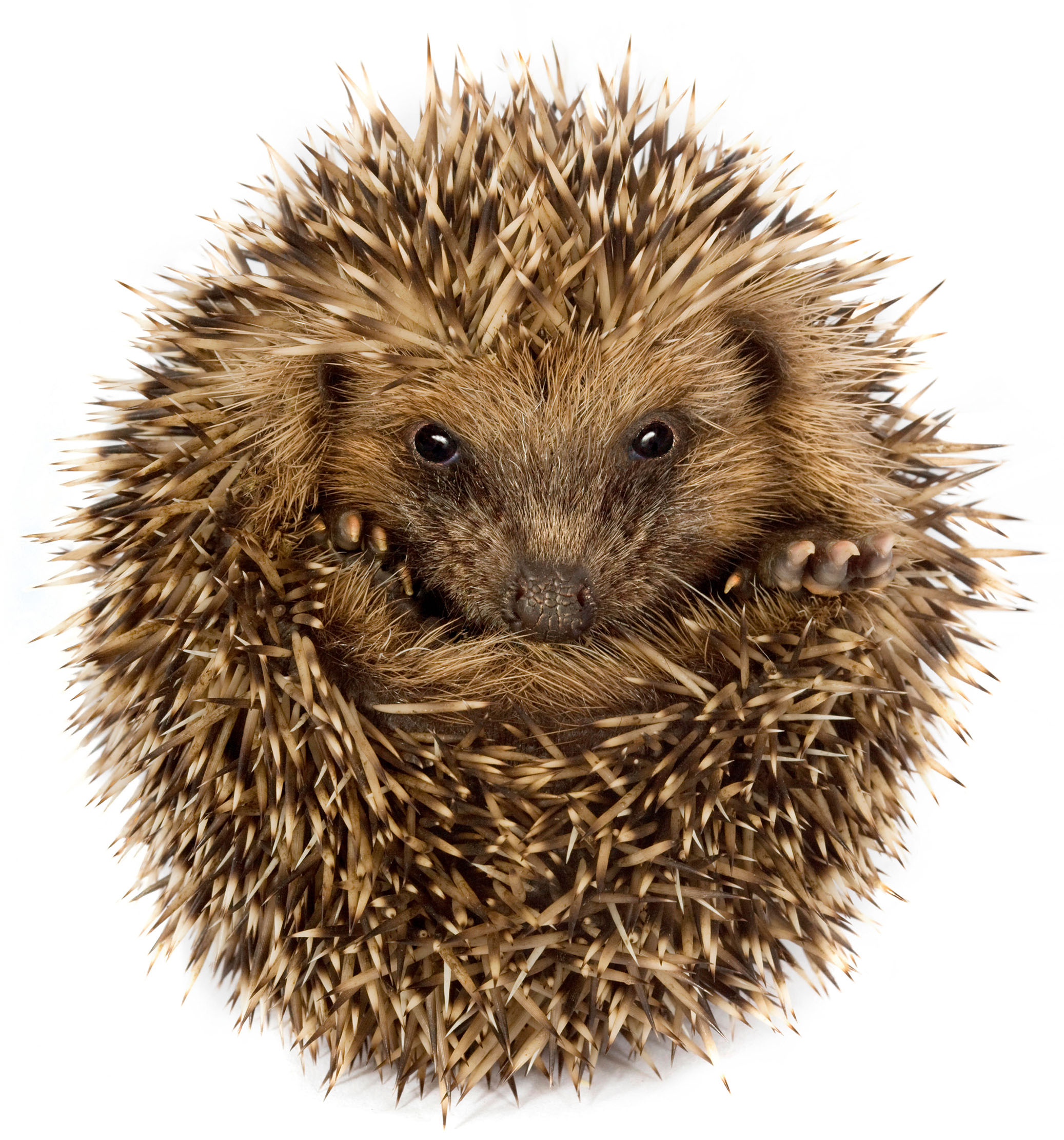
Mole Mouldwarp and field tortoises
Brown hare Aunt Sarah, bandy, bautie, bawtie, betty, bowen, bun, capron, cuttie, donie, lang lugs, puss, poor wat, scavernick, skyper, whiddie, wintail, fuddie and hallan-chacker
Common snail (and sometimes slugs) Bulhorn, biljinks, bull-jig, bulorn, clare, cogger, conger, conker, dod/dodden/dodman, hodmedod, drutheen, grey, guggle, hornywink, jack-sna, jan-jake, jin-jorn, john jago, lobury one, malorn, oddie/oddy/oddy-doddy, snayle, snele, sniggle and snyle
Nuthatch Blue leg, jar bird, jobbin, mud dabber, mud stopper, nutcracker, nuthack, nut jobber, nut topper, wood-cracker, woodjar and woodpecker
Common heron Brancher, crane, diddleton, frank, frank hanser, ern, frog-eater, harn, harnser, harnsey, hegrie, hegril’s skip, herald, hernser, heronseugh, heronshaw, hersew, hershaw, huron, jack hern, jemmy crane, jemmy heron, jemmy lang legs, jemmy lang neck, jenny crow, joan-na-ma-crank, lang-necket harran, lonjie crane, longnix, moll hern, ooze bird, skip hegrie and tammie herl
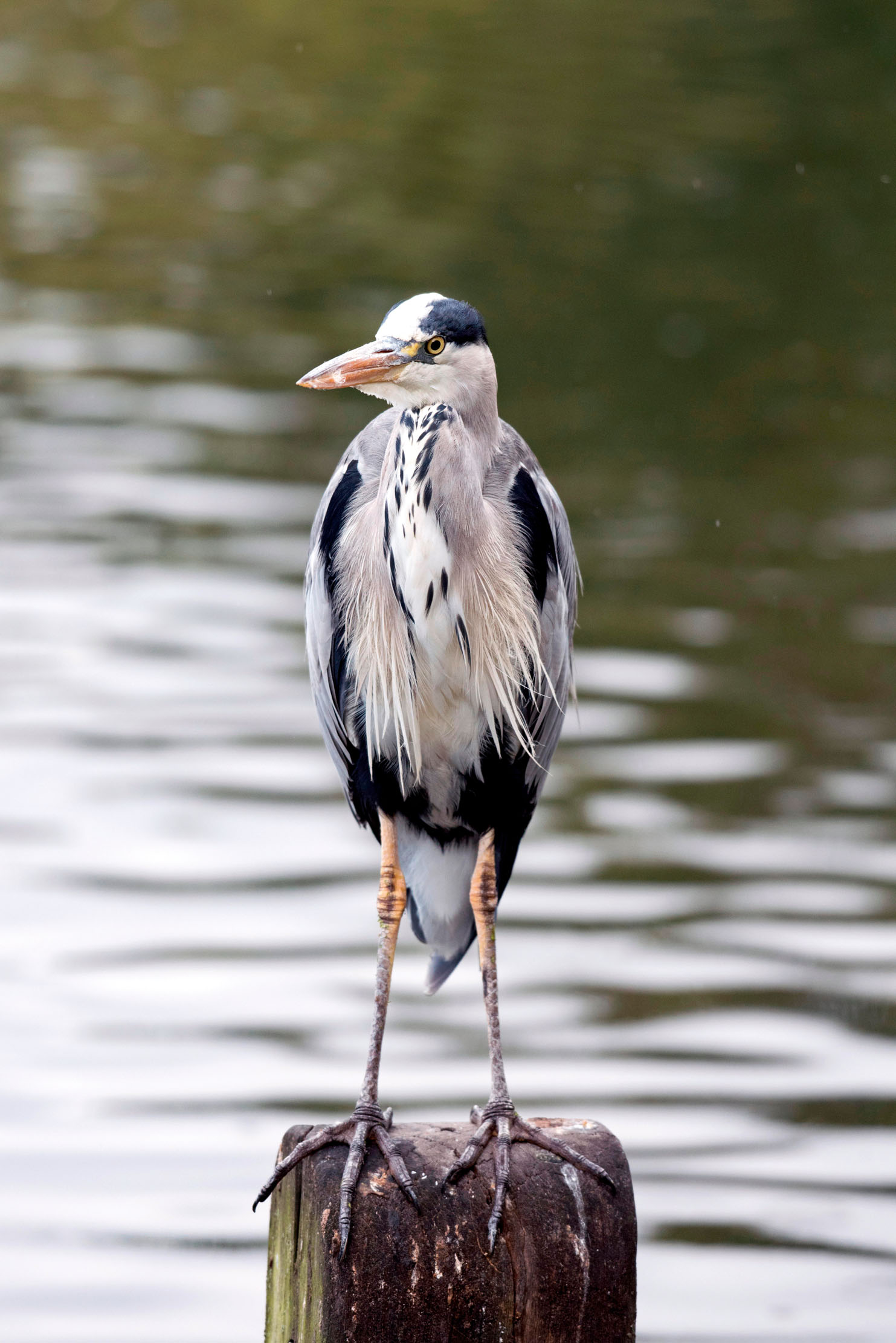
Minnow Baggie, baggit, banny, jack barrel, jack sharp, meaker, mennet, mennon, mennot, men, minim, minnin, peer, penk, pink and shadbrid

From Drunken Ducks to Unruly Pigs: British pubs with quirky animal names
The British love animals, and we love pubs. What could be better than a combination of the two?
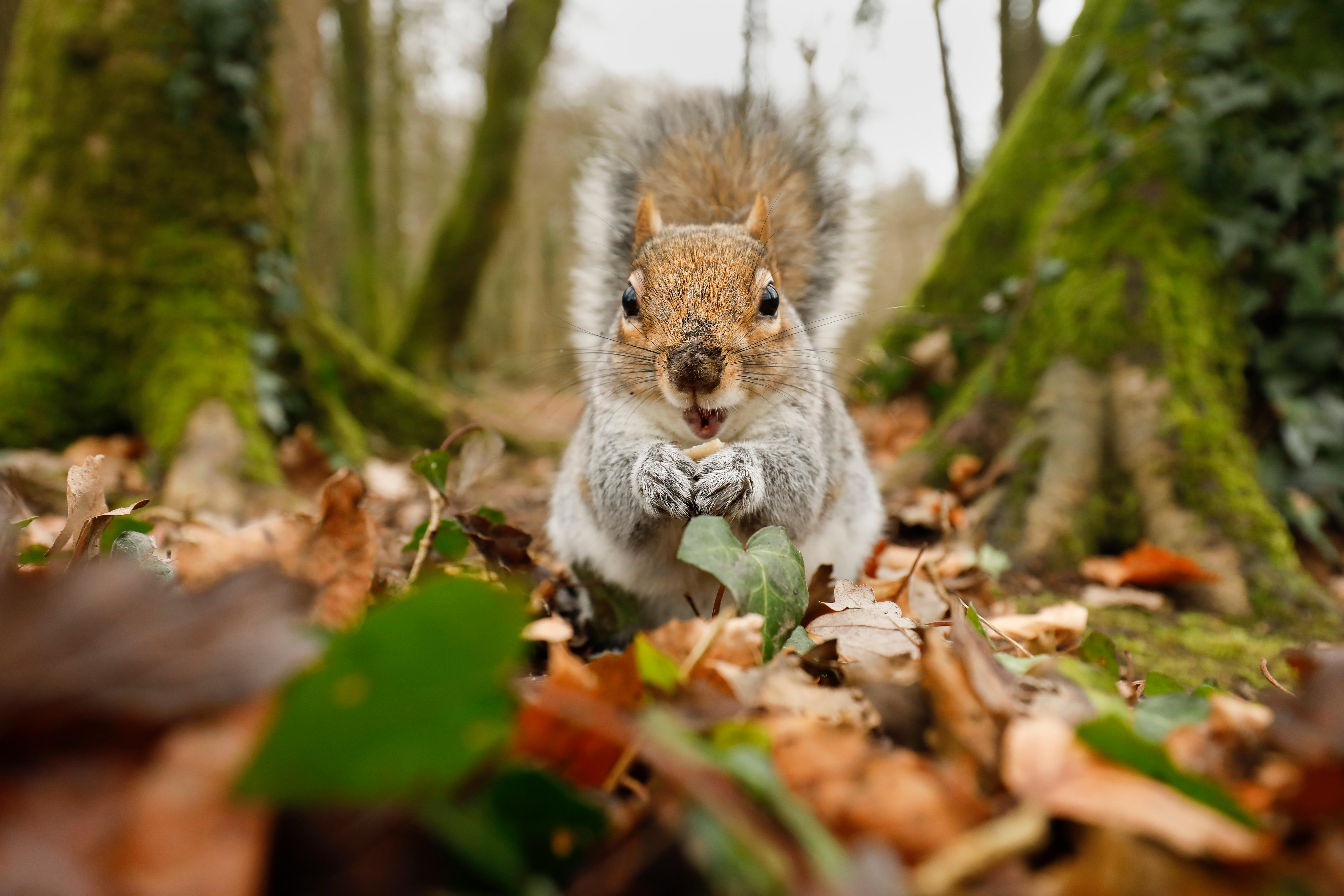
Invasive aliens: Six of the most destructive plants and animals that have made Britain their home
Hundreds of species that we take for granted are actually non-native species. Dan Eatherley, author of Invasive Aliens: The Plants
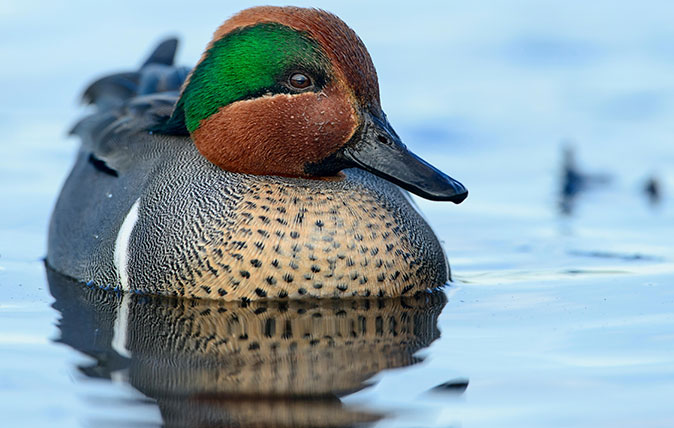
Credit: Alamy
Teal: The tiny ducks that can’t walk straight, but can corkscrew through the air at 50mph
David Profumo takes a look at the teal, the mighty duck that's as devastatingly impressive soaring through the air as
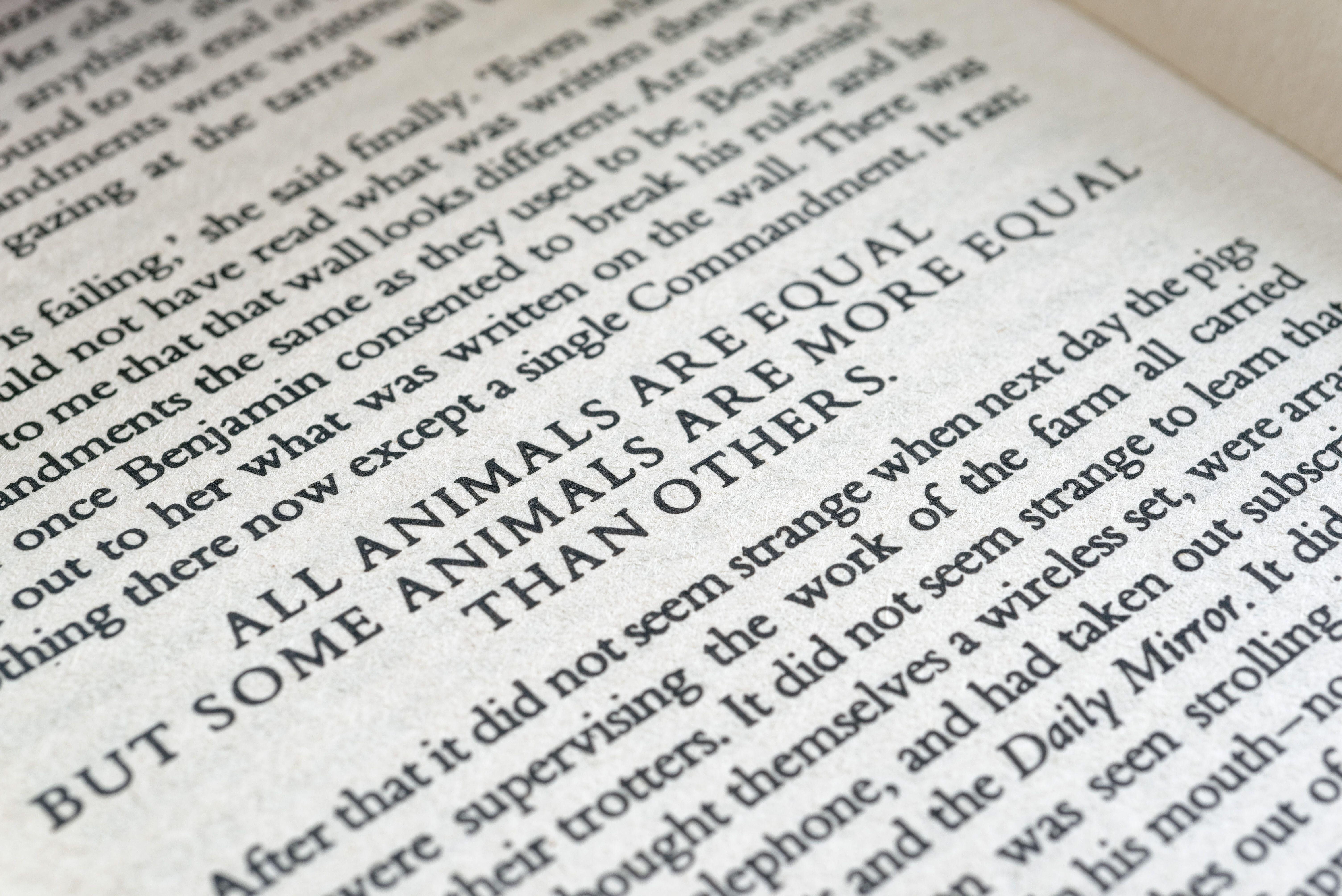
The real-life farm and animals that give life to George Orwell's Animal Farm
It's 75 years since George Orwell published Animal Farm, and while the book is an allegory based on Soviet Russia
Patrick Galbraith is an author, journalist, former editor of Shooting Times, and a regular contributor to Country Life.
-
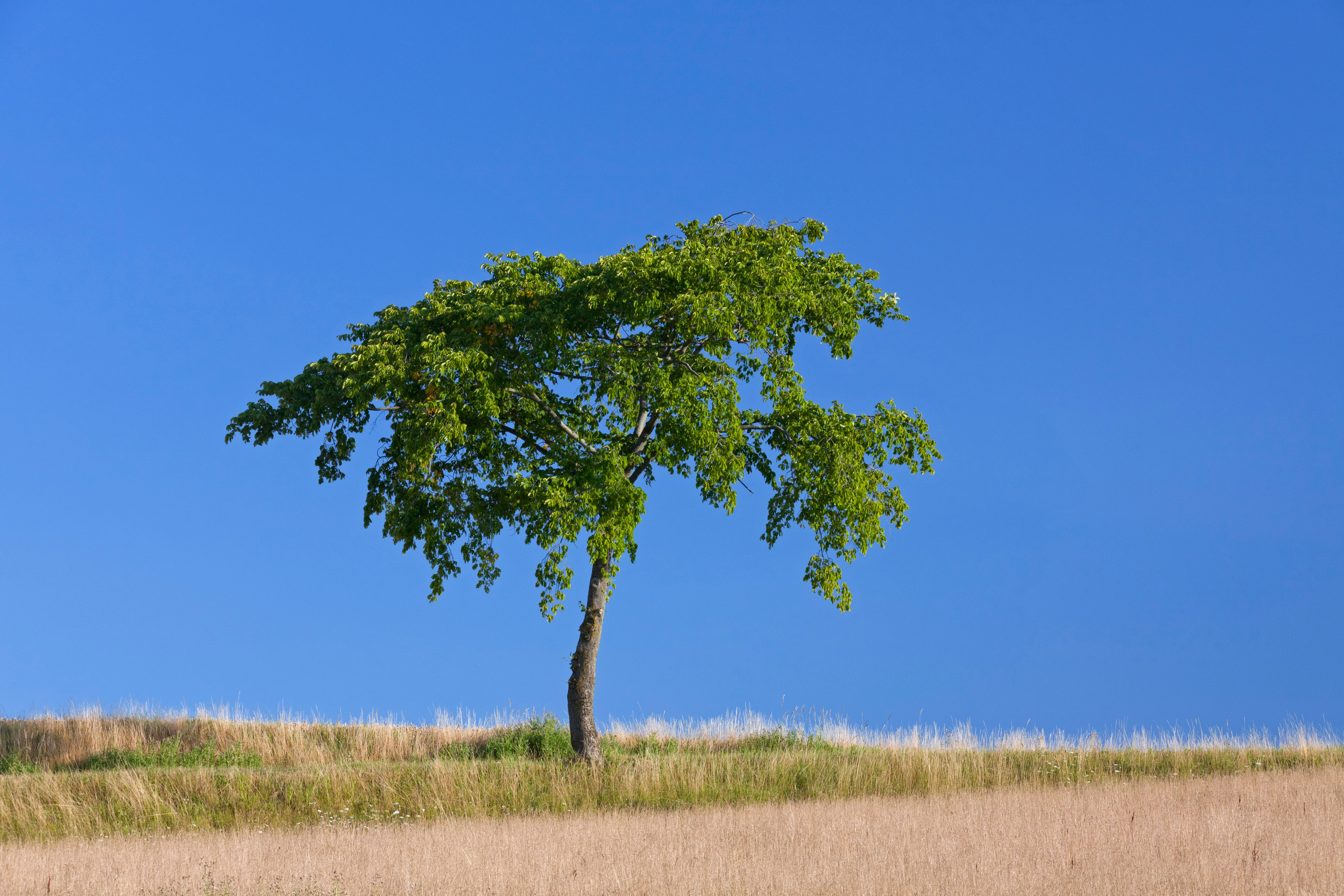 The trees that are as fine to eat as they are to look at
The trees that are as fine to eat as they are to look atMark Diacono doesn't grow many trees for the sake of the bounty they provide — but these are the notable exceptions.
-
 Madonna, David Bowie, Elizabeth II and me — this is what it’s like to have your photograph taken by Rankin
Madonna, David Bowie, Elizabeth II and me — this is what it’s like to have your photograph taken by RankinThe world-renowned photographer has worked with everyone from acting royalty, to actual royalty. His next subject? Country Life’s wandering scribe, Lotte Brundle.
